Percutaneous intratissular electrolysis (EPI), a technique widely used in sports medicine of humans, makes its way into the world of equines. The praxis confirms its effectiveness in the treatment of tendinitis, desmitis and muscle injuries in sports horses.
The treatment of tendinopathies and desmopathies is a clinical challenge that some authors describe as one of the biggest problems of equine sports medicine. Lesions in the tendons and ligaments tend to occur with localized heat, inflammation, pain on palpation, lameness, etc. For its treatment, the EPI, combined with a rehabilitation program, offers excellent results in terms of clinical and functional improvement, in a short period of time. hour. It is a minimally invasive technique that involves the application of a high intensity galvanic current through an acupuncture needle guided by ultrasound, to reach the exact point of the lesion to stimulate a local inflammatory process in the soft tissue. This makes possible the resorption and repair in the affected tissue.
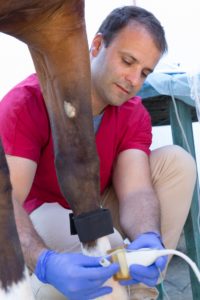
Intratissular Percutaneous Electrolysis (EPI) in horses wwww.sporthoses.vet
The treatment with EPI causes an organic reaction with a dissociation of water, salts and amino acids from the extracellular matrix, creating new molecules through an ionic instability that produces a localized acute inflammation, exclusively in the treatment area. All this leads to the rapid regeneration of the injured tendon or ligament in horses.
The technique comes with a broad scientific support regarding its efficacy and with respect to the physiological process that seeks to provoke an electrochemical, non-inflammatory thermal reaction, using a flow of current directed directly towards the injury of the muscle, tendon or ligament. Galvanic aggression triggers the repair processes and phagocytosis that will resolve the affectation, and seeks to modify the structure of the treated tissue and return it to a functional framework.
The scientific and objective contribution that EPI makes through the use of the ultrasound device is that it guarantees an accurate diagnosis and monitoring of the meticulous lesion, as well as the gain of precision when placing the current exactly where it is needed. In this way, the horse’s own chronic injuries have a new treatment option, especially in those more degenerative lesions, since their effect on the structure of the tissue is the key to its benefits in the medium and long term.
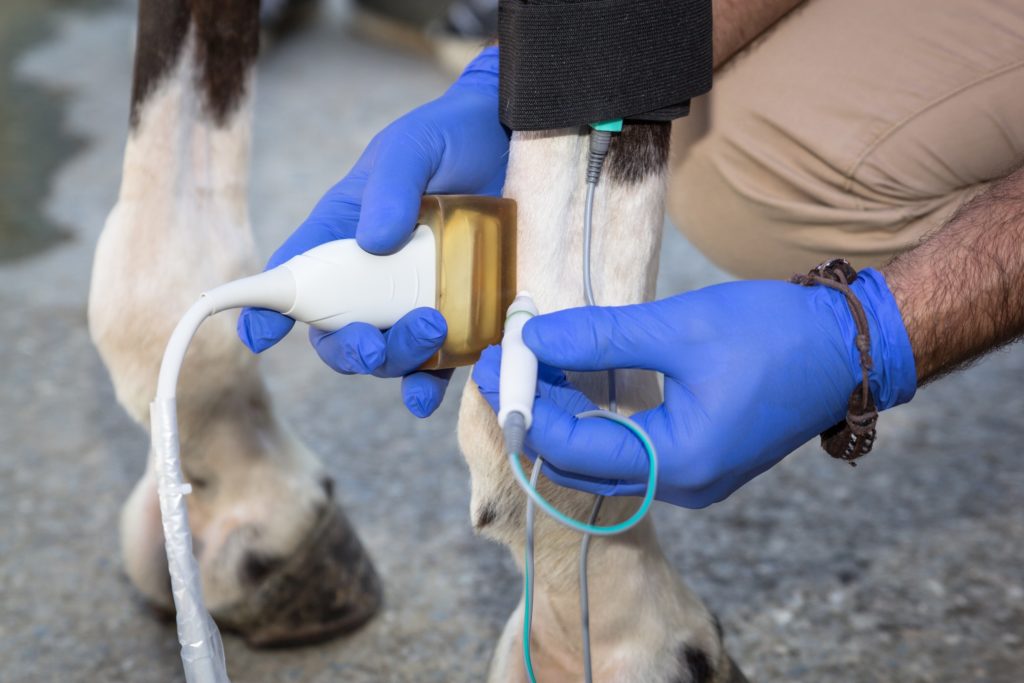
Intratissular Percutaneous Electrolysis (EPI) in horses – www.sporthorses.vet
This technique affects the mediators of inflammation in damaged muscle tissue and influences the new vascularization of the injured area. The diagnosis of all these lesions in horses is based on clinical examination and an ultrasound study with a linear probe (6-15MHz). The use of anti-inflammatory drugs or corticosteroids is restricted during percutaneous electrolysis treatment. “The results obtained show that EPI represents a new useful therapy for the treatment of muscle injuries in horses,” says Dr. Marcos Würschmidt, Head of Veterinarian of Sport Horses at Opglabbeek in Belgium, at Ecuestre, where he has successfully applied this technique.
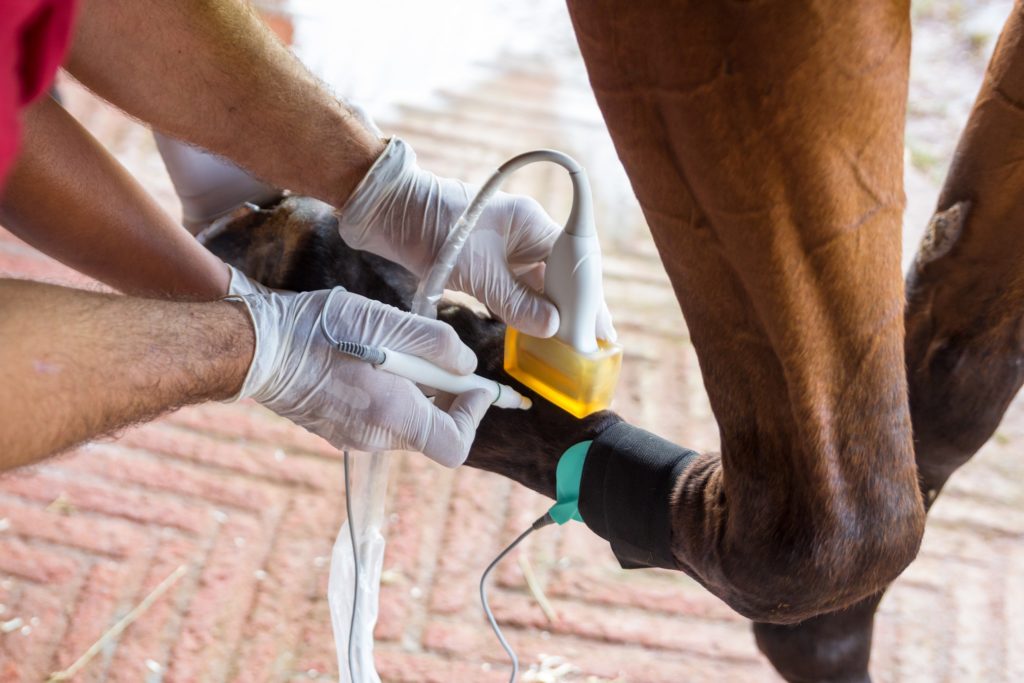
Intratissular Percutaneous Electrolysis (EPI) in horses – www.sporthorses.vet
1. Applied in sports horses, EPI demonstrates its effectiveness in the treatment of tendinitis, desmitis and muscular injuries.
2. For the transmission of the current to the treatment area, very small diameter needles and a modified electric scalpel are used.
3. It is a minimally invasive technique, which involves the application of a high intensity galvanic current through an acupuncture needle guided by ultrasound.
Treatment protocol Before treatment, a complete ultrasonic inspection is performed with a linear probe to determine the exact point, the severity, the phase in which it is found and the size of the lesson. In addition, through ultrasound, medical details such as neovascularization and scar tissue, among others, are evaluated, which are very important when defining the treatment methodology with EPI that varies for each case in particular. The pre-sedation of the horse requires the preparation of the skin with isopropyl alcohol before puncture, despite the bacteriostatic action of the device. Subsequently, echoguided punctures are performed with the device to obtain a controlled debridement of the injured ligament or tendon. Debridement is evaluated with ultrasound images.
The EPI technique produces an adjustable galvanic current through a negative flow cathode electrode. For the transmission of the current to the treatment area, needles of very small diameter and a modified electric scalpel is used. The intensity can be adjusted by changing both the duration and the milliamperes that are administered.
The treatment consists of three to five sessions of EPI every 10 or 15 days, combined with a specific rehabilitation training, according to the type of injury and the type and level of competence. of each horse. Results Dr. Marcos Würschmidt tells us that “the average duration of the injury and the pain symptoms before this technique were of a considerable time, even more than a year in some horses, but the treatment with EPI reduces these times to the half or even less. ” , decreasing the risk of relapse in the lesions “and stresses that” during the treatment or the follow-up of the horses treated with EPI that we have done so far in Sport horses vet, in no case were there any adverse effects.
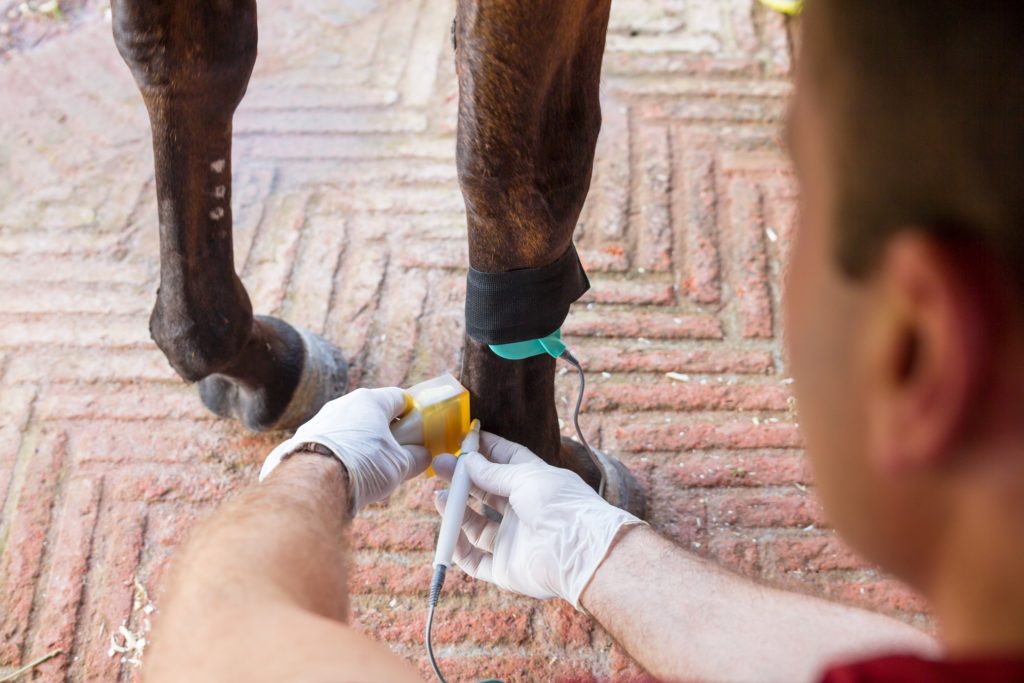
Intratissular Percutaneous Electrolysis (EPI) in horses – www.sporthorses.vet
In addition, this technique also has the advantage of low cost of treatment compared to others that are being used. “The experience of Dr. Marcos Würschmidt with EPI goes back to 2013 and his satisfaction with the application of this technique of human medicine to veterinary medicine for the treatment of the tenopathies and desmopatías is complete”. The electrolysis has led to a remarkable improvement that, According to the case, allows to resume sports activity in a short period of recovery and allow horses to return to the same level in their sporting activity, “he concludes.








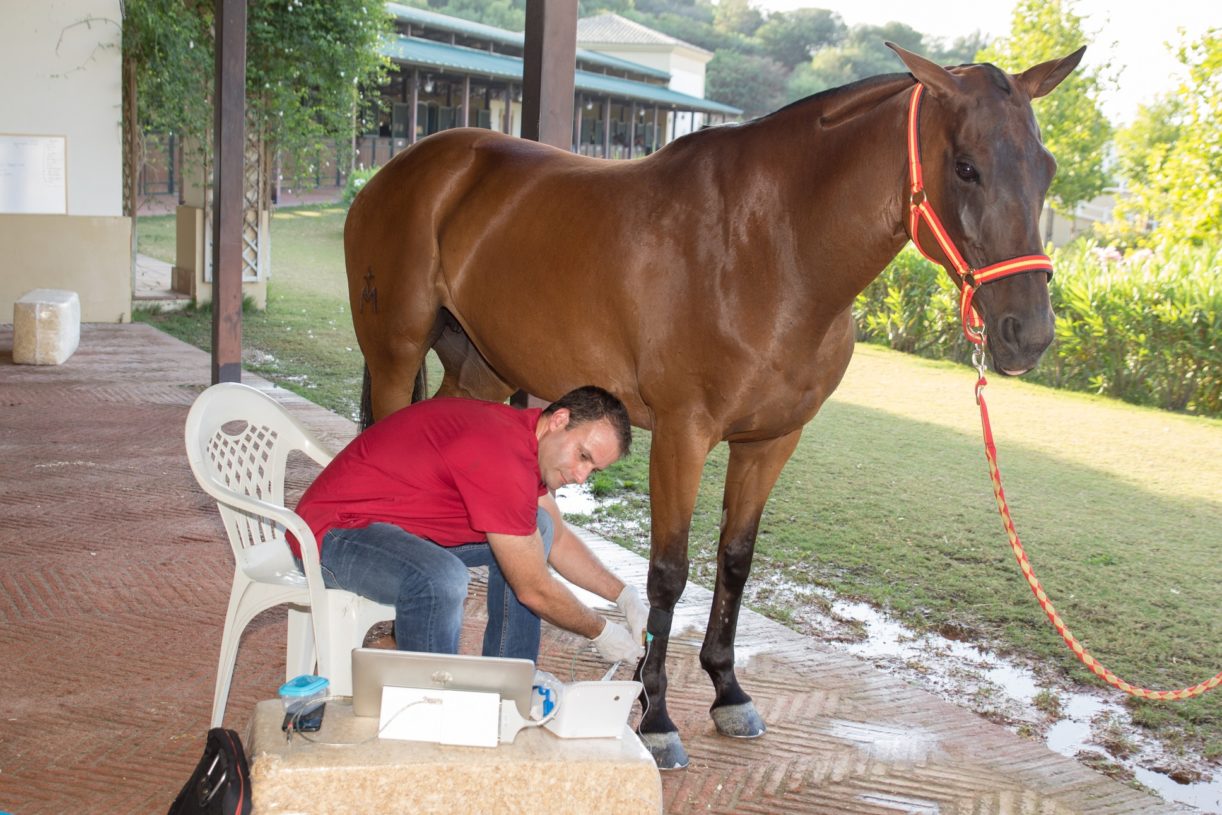
No Comments